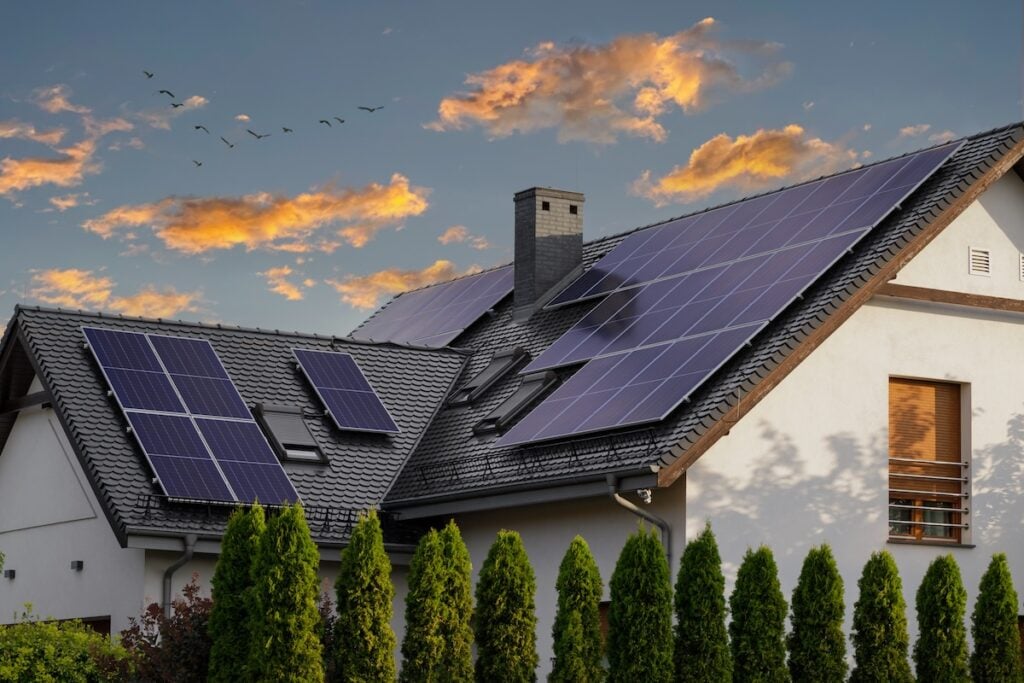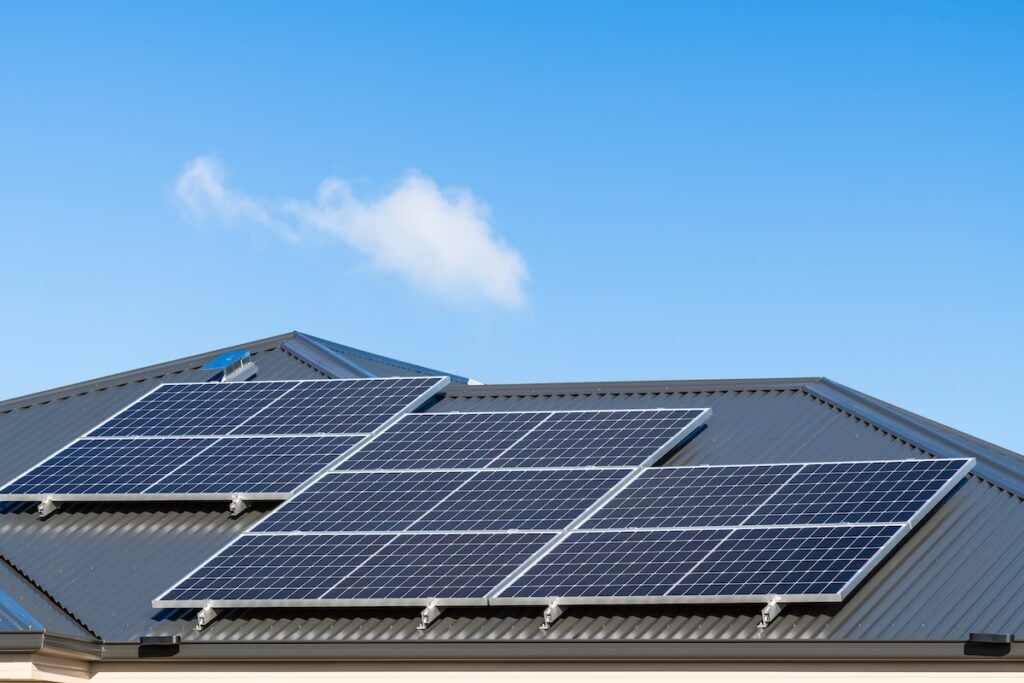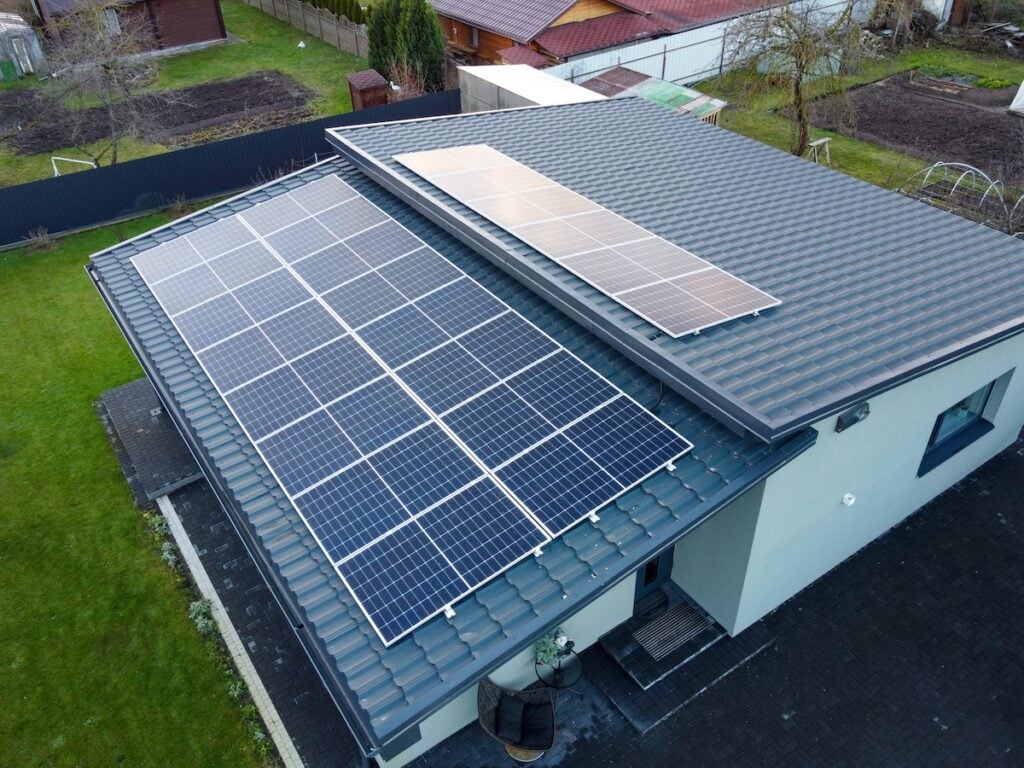If you’re thinking about going solar, now is the time to act. The solar tax credit 2025 deadline is fast approaching, and it could mean the difference between significant savings or paying thousands more out of pocket.
The federal residential solar tax credit (Section 25D) will officially expire on December 31, 2025. After that date, homeowners will no longer receive the 30% tax credit, which has been one of the most effective incentives for residential solar adoption.
Here’s why it’s smart to start your solar journey now:
- Big savings are on the table: The current 30% federal solar tax credit dramatically lowers upfront costs.
- The deadline is firm: Your system must be installed and commissioned by December 31, 2025 to qualify.
- Delaying may cost more: Once the tax credit ends, total system costs could rise by thousands.
Let’s break down the top reasons to make your move to solar before the end of 2025.
☀️ Understanding the Federal Solar Tax Credit Changes
Before jumping into the list, it’s important to understand what’s changing with the Residential Clean Energy Credit (Section 25D).

As part of a legislative update known as the “One Big Beautiful Bill Act” (H.R.1), the residential solar tax credit is being eliminated after December 31, 2025. This accelerates the phase-out schedule originally laid out in the Inflation Reduction Act of 2022. There will be no gradual reduction, just a drop from 30% to 0% at the end of 2025.
This change does not affect commercial solar incentives (Section 48E) or solar battery storage credits, which are still available with a different phase-out schedule.
💵 1. You’ll Miss Out On 30% Federal Tax Savings
The current federal tax credit covers 30% of your total solar installation cost. That’s not just panels—it’s also helpful to consider understanding your total roof repair cost since a strong roof is essential before installation.
- Significant cost reduction: For a $25,000 system, the 30% credit equals $7,500 in tax savings.
- No extension planned: Once it ends, there’s no plan to reintroduce or gradually phase out the credit.
- Cash or financed systems qualify: As long as the system is fully installed and operational by the deadline, both options are eligible.
👍 2. Installation Must Be Completed—Not Just Scheduled
Timing is everything. To qualify for the credit, your solar system needs to be fully installed and commissioned by December 31, 2025, not just purchased or under contract.
- Project completion is key: Permits, inspections, and final approval must be done by year-end.
- Delays are common: Equipment shortages, permitting delays, or utility approval bottlenecks can slow down the process.
- Earlier installation = peace of mind: Starting your project now gives you time to resolve any issues without risking your eligibility.
📈 3. Solar Demand Is Rising Fast
The surge in demand also depends on different roof types, since certain roofing materials pair better with solar panels.
- Increased wait times: The closer we get to the deadline, the more backlogged installers will be.
- Labor and material shortages: Supply chain issues may drive up prices or delay installations.
- Avoid the rush: Starting early ensures you’re not scrambling at the last minute.

💡 4. Utility Rates Continue To Climb
Solar panels offer long-term savings by reducing your dependence on utility companies, and those rates are only trending upward.
- Control over energy bills: Solar locks in a lower cost per kilowatt-hour. This is not just about electricity—issues like proper roof ventilation can also impact efficiency
- Protection from future increases: Shield yourself from rising electricity costs.
- Quicker payback: The higher your current energy costs, the faster your system pays for itself.
☀️ 5. Nebraska Has Sunny Potential
Nebraska may not be the first state that comes to mind for solar, but it offers more solar potential than many homeowners realize.
- Abundant sunlight: Nebraska receives an average of 5.2 peak sun hours per day—ideal for solar generation.
- Excellent panel efficiency: Newer solar technology performs well even on cloudy days.
- Growing adoption: More local homeowners are realizing the long-term value of solar.
⏰ 6. State and Local Incentives May Not Last
Some incentives even vary depending on flat roof materials, which may affect system design and cost.
- Local rebates vary: Some Nebraska utilities offer solar rebates, but they may be small or restricted.
- Incentive budgets can run out: Many local programs have annual funding caps.
- Federal credit is the biggest lever: Without it, solar becomes significantly more expensive.
🏠 7. You’re Future-Proofing Your Home
Solar panels aren’t just about saving money—they’re also a smart investment in your home’s value and sustainability.
- Increased home value: Solar systems often boost resale value and attract eco-conscious buyers.
- Energy independence: Reduce your reliance on fossil fuels and protect against grid outages.
- Solar batteries extend your ROI: While the panel credit is ending, battery storage incentives are still available through 2035.
🤔 What Happens If You Miss the 2025 Deadline?
If your solar system is installed after December 31, 2025, you won’t be able to claim the federal 30% tax credit, you may face additional roofing expenses such as learning how to shingle a roof before panels can even be installed. This applies even if you’ve already paid for the system or signed a contract.
Homeowners who miss the deadline will face higher out-of-pocket costs and may need to rely solely on local incentives or financing options.
To avoid this outcome:
- Start the planning process now
- Work with a trusted local solar installer
- Confirm timelines and installation windows in writing

✅ How To Take Advantage of the Solar Tax Credit Before It’s Gone
To make sure you qualify for the federal solar tax credit before it expires, here’s what to do:
- Schedule a consultation: Talk with a local installer to evaluate your home’s solar potential.
- Get your system designed: Create a layout and proposal tailored to your energy needs.
- Lock in financing or payment terms: Choose between cash purchase, loan, or lease.
- Begin permitting and approval process: This can take weeks or even months.
- Complete installation and inspection: Ensure everything is finalized before December 31, 2025.
💪 Don’t Wait—Now Is the Time to Go Solar
With the solar tax credit 2025 expiration set in stone, homeowners who wait risk missing out on one of the most valuable clean energy incentives ever offered. At J-Tech Construction & Solar, we’re helping Nebraska homeowners take full advantage of this opportunity before time runs out.
From custom solar designs to expert installation and guidance through tax credit paperwork, we make the transition to solar smooth and stress-free. Don’t delay and lose thousands in savings, reach out to J-Tech Construction & Solar today to get your free solar estimate and secure your system before the deadline.






